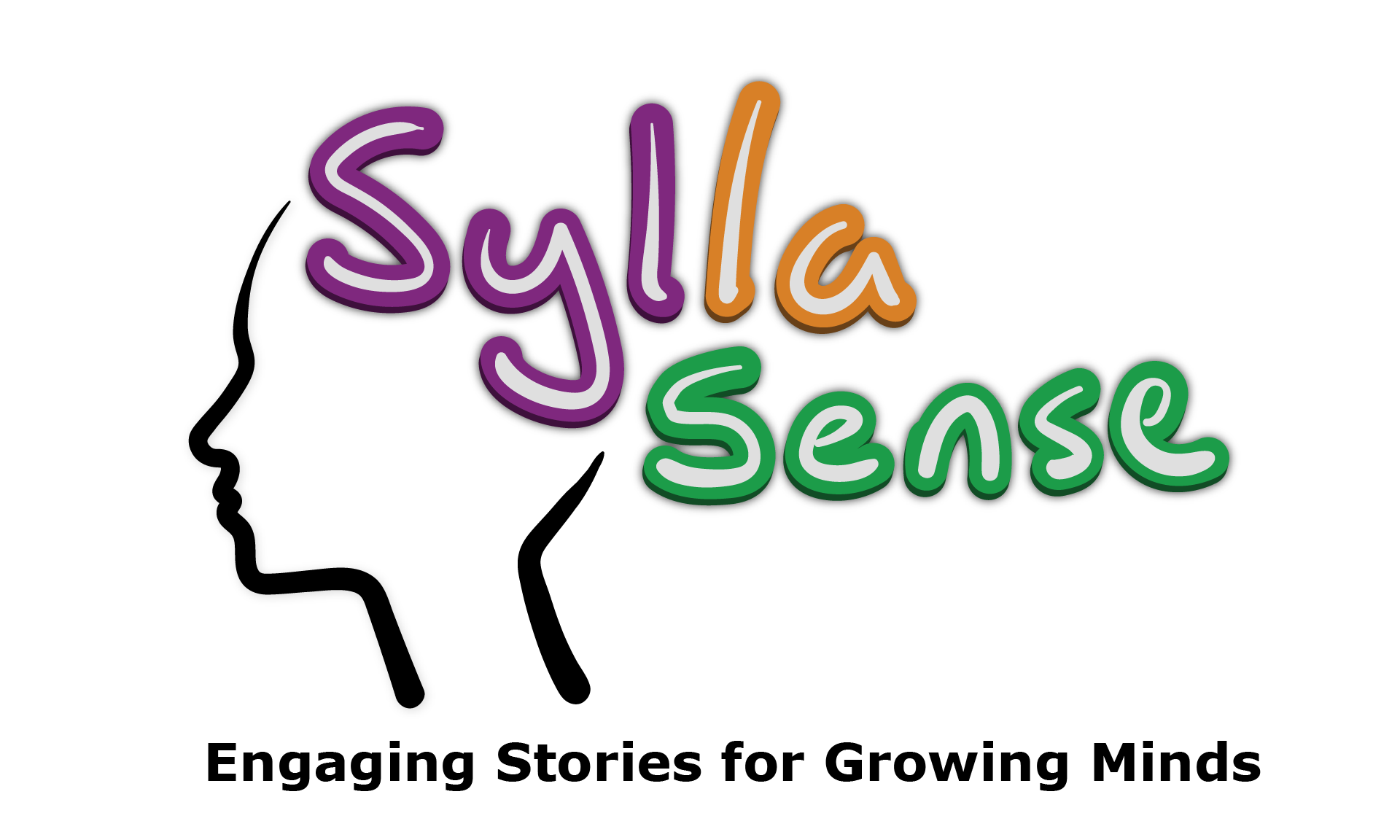Why? - Tip Sheet

- IT IS ESSENTIAL TO PRE-TEACH THE CONCEPTS INTRODUCED IN EACH BOOK PRIOR TO READING! -
|
Why? - Teacher Tip Sheet Blue Series - Book 6 - Why? |
||||||||||||||||
|
Grapheme/Phoneme Correspondence |
Tips and Activities to Try |
|||||||||||||||
|
Introduced in This Book
Previously Introduced Vowels
Consonants
Digraphs/Trigraphs
Additional Concepts
|
Key Concepts to Understand
Words and Phrases for Reading and Writing Here is a list of words that can be used for phonemic awareness activities, reading, dictation, games cards, etc.:
The Homophone Principle → Where two or more words have different meanings, but identical pronunciations, there will usually be different spellings to reflect the different meanings when possible.
Here is a word chain you could complete with blending cards:
Here are phrases that can be used for reading and/or dictation practice. These phrases can be combined to create sentences. *Note: there are some “liquids” in the following phrases.
You can differentiate for your students by dropping some of the words in these phases (e.g., “painted the stain” can just be “painted”). |
|||||||||||||||
|
Orthographic Conventions/Patterns and Generalisations |
Tips and Activities to Try |
|||||||||||||||
|
Key Concepts to Understand
|
|||||||||||||||
|
Morphology |
Tips and Activities to Try |
|||||||||||||||
|
Previously Introduced
|
Key Concepts to Understand
|
|||||||||||||||
|
High Frequency Words |
Tips and Activities to Try |
|||||||||||||||
|
Key Concepts to Understand
|
|||||||||||||||
|
Comprehension Corner - Why? |
||||||||||||||||
|
Vocabulary Development
Making Connections
Inferencing
Retelling/Summarizing
|
||||||||||||||||
Tip Sheet written by Shari Kudsia and Helen Maclean - April 2023 - ©SyllaSense Inc.
